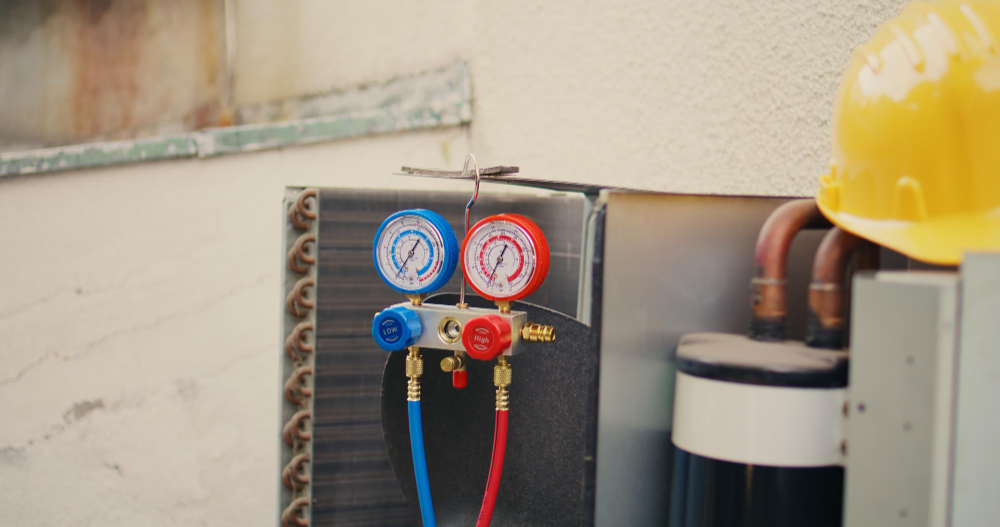Refrigerants play a crucial role in modern society, powering the refrigeration, air conditioning, and heating systems that keep our homes, businesses, and industries comfortable and functional. In this article, we’ll explore the fascinating world of refrigerants, from their origins to their current use and the future of refrigeration technology.
Origins of refrigerants:
The concept of refrigeration dates back centuries, with early methods involving the use of ice and natural cooling agents. However, the modern era of refrigerants began in the late 19th century with the discovery of the first synthetic refrigerant, which was ammonia (NH3). Ammonia quickly became widely used due to its excellent cooling properties and affordability.
Types of Refrigerants:
Today, there is a wide variety of refrigerants available, each with its own unique properties and applications. Some of the most common types of refrigerants include:
- Hydrochlorofluorocarbons (HCFCs): Examples include R22 and R123.
- Hydrofluorocarbons (HFCs): Examples include R134a, R404A, R407C, and R410A.
- Hydrocarbons (HCs): Examples include R290 (propane) and R600 (butane).
- Carbon Dioxide (CO2): Used in transcritical CO2 systems.
- Ammonia (NH3): Known for its excellent cooling properties, commonly used in industrial refrigeration.
- Blends: Examples include R448A, R449A, and R513A.
Applications of Refrigerants:
Refrigerants are used in various applications, including refrigeration, air conditioning, and heating systems. Different refrigerants are preferred for different applications based on factors such as efficiency, safety, and environmental impact.
- Refrigeration: Ammonia, R134a, R404A, R407C, and R410A are commonly used in refrigeration systems for commercial and industrial purposes.
- Air Conditioning: R410A, R32, and R134a are popular choices for residential and commercial air conditioning systems.
- Heating: While refrigerants are not typically used for heating, some systems utilize heat pumps that can reverse the refrigeration cycle to provide heating.
Global Usage of Refrigerants:
The usage of refrigerants varies by region and is influenced by factors such as regulations, climate, and technology adoption. For example:
- Europe: R134a, R404A, R407C, and R410A are commonly used in Europe, with a focus on phasing out high-GWP (global warming potential) refrigerants.
- Asia: R410A and R32 are popular choices in Asia, where energy efficiency and environmental concerns drive the adoption of new refrigerants.
- North America: R404A and R410A have been widely used in North America, but there is a shift towards lower-GWP alternatives such as R448A and R449A.
Future of Refrigerants:
The future of refrigerants is focused on sustainability, energy efficiency, and reducing environmental impact. This includes:
- Transitioning to low-GWP alternatives: Many countries are phasing out high-GWP refrigerants in favor of alternatives with lower environmental impact.
- Natural refrigerants: Hydrocarbons (such as propane and butane), CO2, and ammonia are gaining popularity due to their low environmental impact and excellent cooling properties.
- Innovation in refrigeration technology: Advancements in refrigeration technology, including new system designs and components, are driving improvements in energy efficiency and performance.
Refrigerants have come a long way since the discovery of the first synthetic refrigerant. Today, they are essential for modern refrigeration, air conditioning, and heating systems. As we look to the future, the focus is on sustainability and reducing environmental impact, driving innovation and the adoption of new refrigerants and technologies. By staying informed and embracing these advancements, we can create a more sustainable future for refrigeration and cooling systems worldwide.

